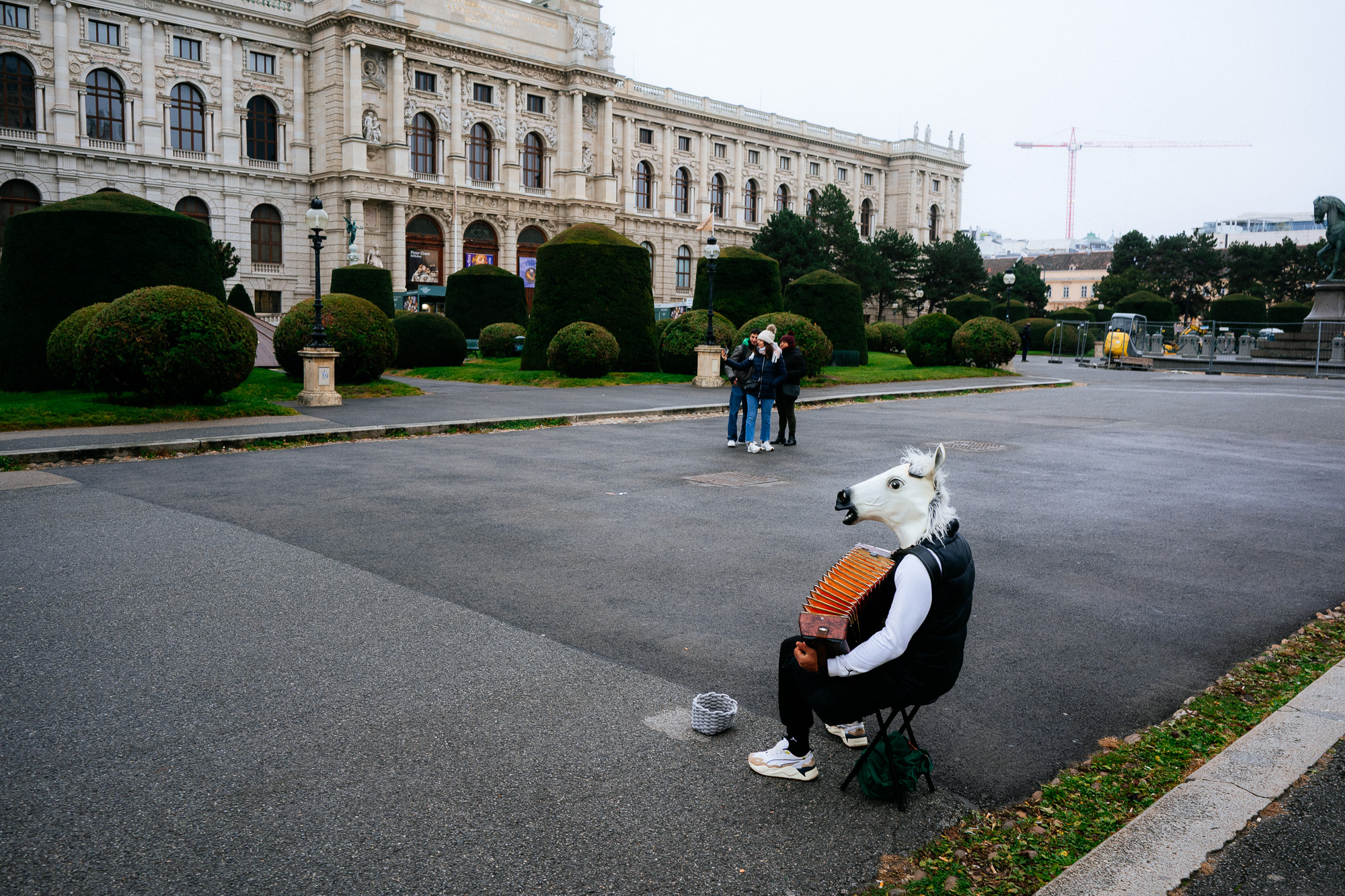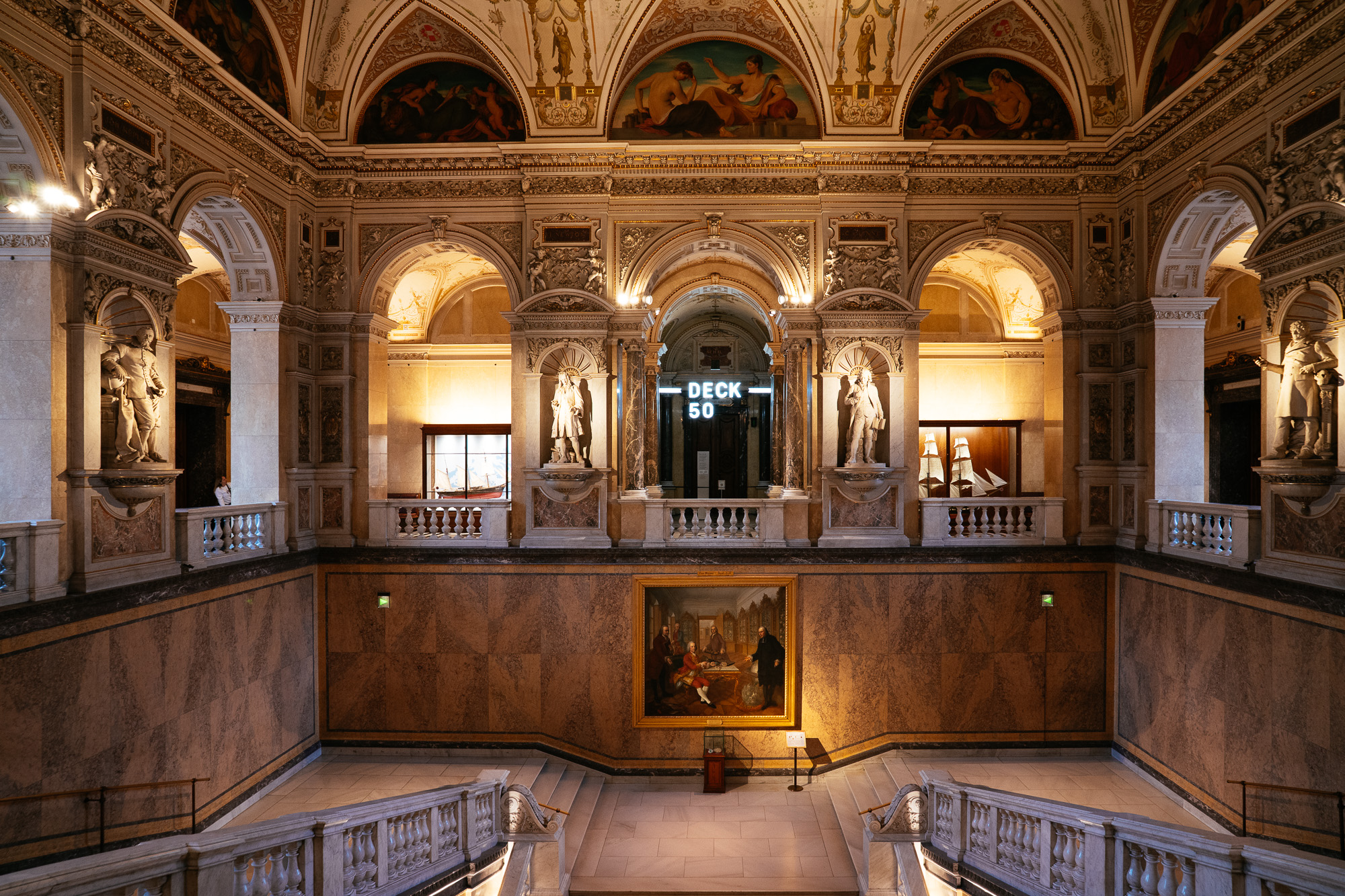 NIKON Z f (20mm, f/5.6, 1/15 sec, ISO1100)
NIKON Z f (20mm, f/5.6, 1/15 sec, ISO1100)
I’m in the NHM (Nature History Museum) in Vienna again which can mean only one thing: new camera gear to check out. This time it’s the Viltrox AF 20mmF2.8 Z.
First: It’s not exactly new. I bought it right after our short trip to Croatia in late spring but I haven’t shot a lot with it since then. I practically wrote a complete review but decided not to publish it before I gave it another chance. So this is a kind of pre-review with plenty of samples images.
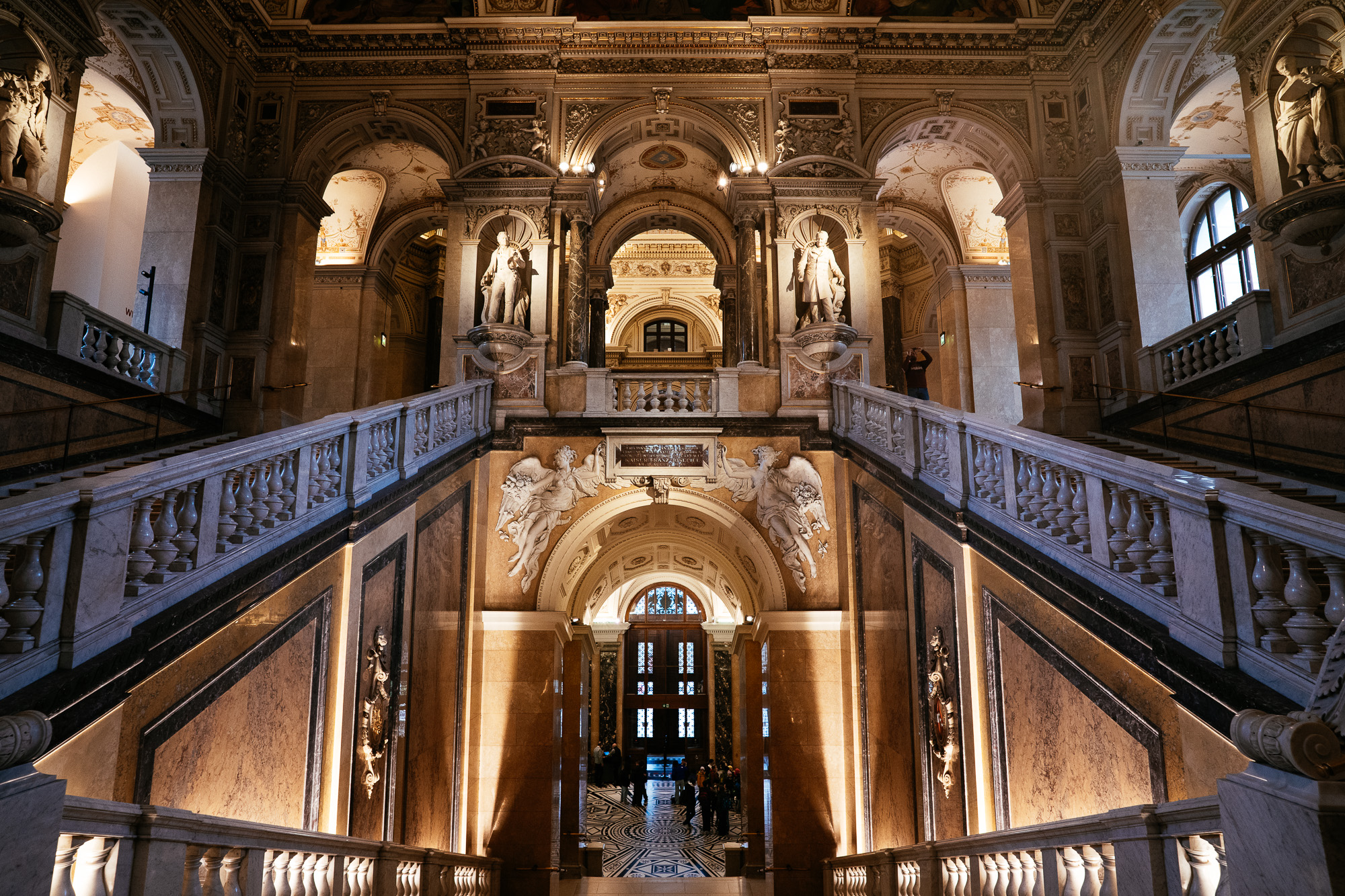 NIKON Z f (20mm, f/5.6, 1/30 sec, ISO2000)
NIKON Z f (20mm, f/5.6, 1/30 sec, ISO2000)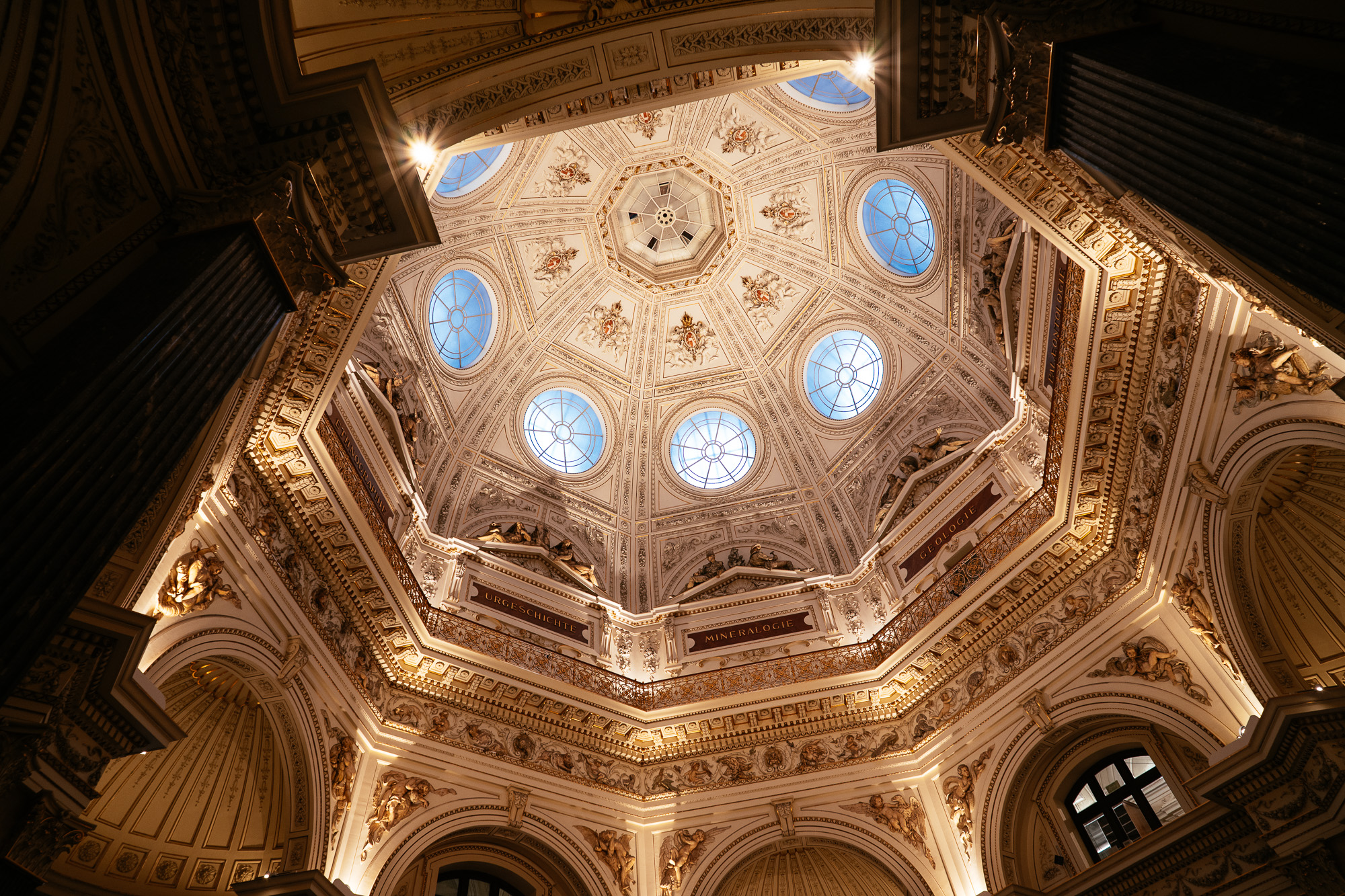 NIKON Z f (20mm, f/5.6, 1/15 sec, ISO450)
NIKON Z f (20mm, f/5.6, 1/15 sec, ISO450)
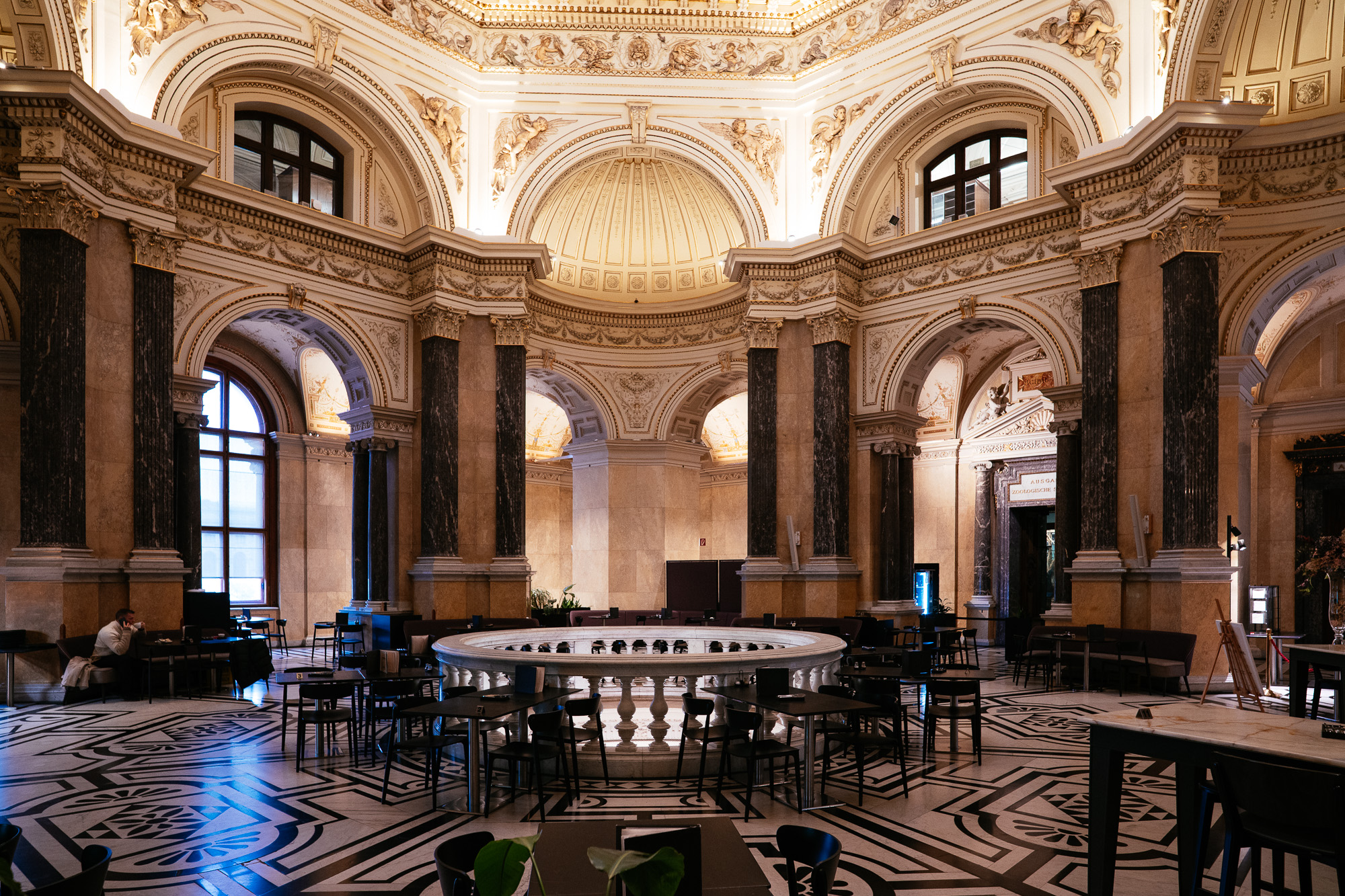 NIKON Z f (20mm, f/5.6, 1/15 sec, ISO1250)
NIKON Z f (20mm, f/5.6, 1/15 sec, ISO1250)
The last time I visited to test run my Nikon Z8 plus the fantastic Nikon Z 14-24/2.8 S. This time I went with my Nikon Zf and the small Viltrox prime. First impression: I like the weight difference. The Nikon Zf with the 20mm Viltrox is practically the weight of my Fuji X-Pro2 with the Fuji XF 14/2.8R. It feels like a compact camera even though the Zf is anything but compact.
But I have rather large hands so I prefer a slightly larger camera. That’s why I always preferred the X-Pro over the X100 cameras. I think the most important thing is lens size not camera size. If the lens is small and light the whole setup feels balanced and light and the camera doesn’t tip over when you have it around your neck.
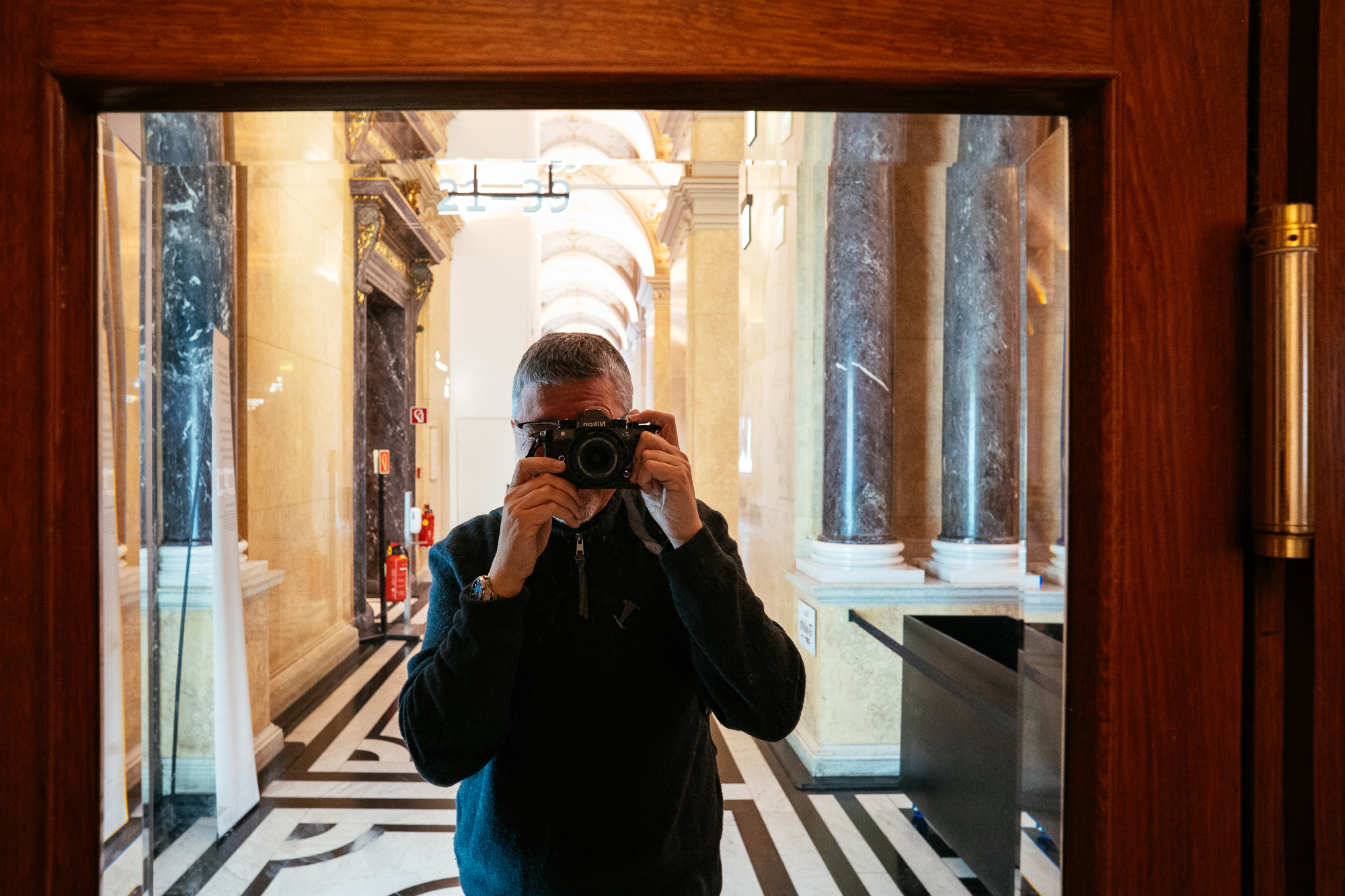 NIKON Z f (20mm, f/5.6, 1/15 sec, ISO7200)
NIKON Z f (20mm, f/5.6, 1/15 sec, ISO7200)
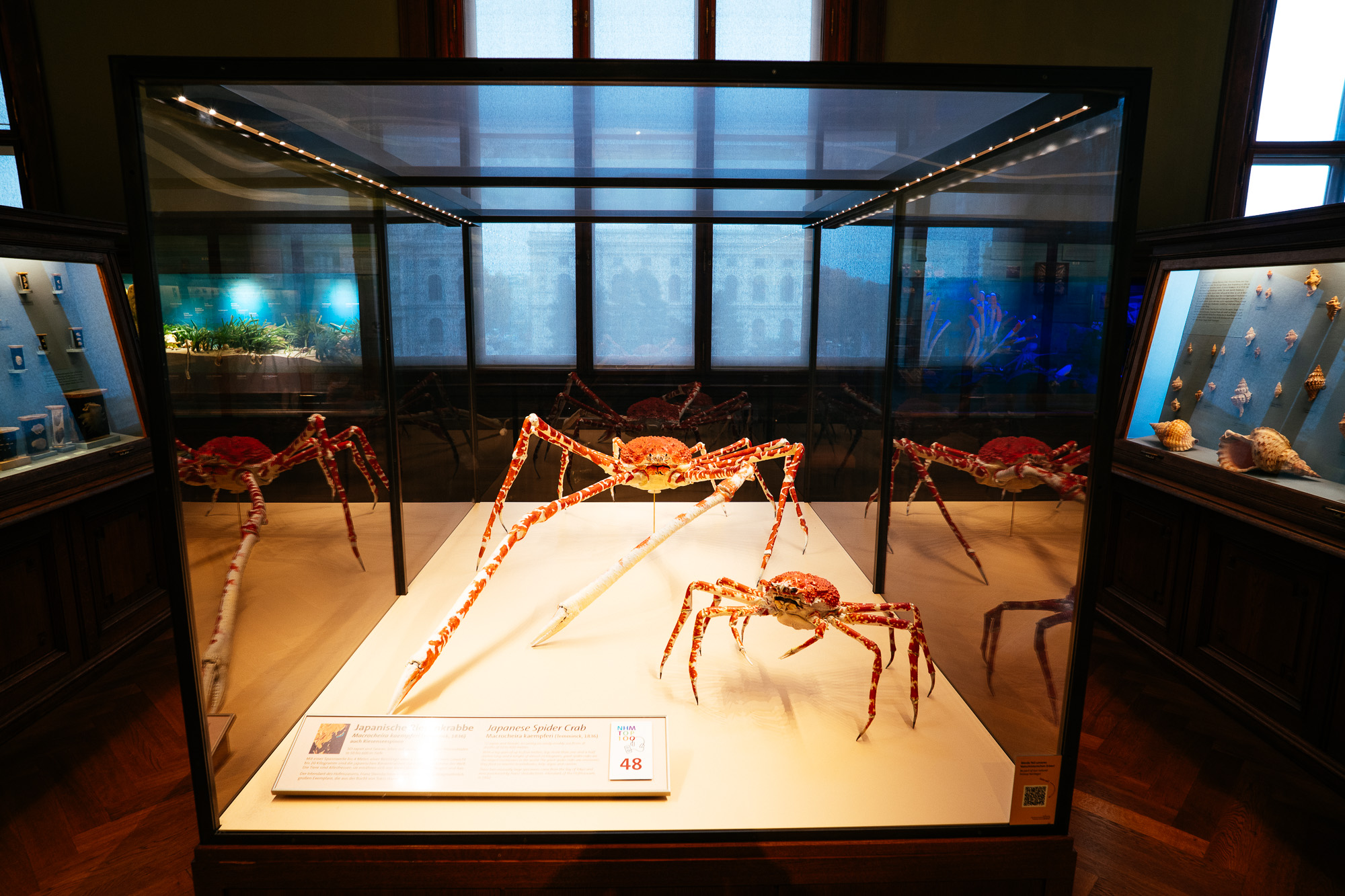 NIKON Z f (20mm, f/5.6, 1/15 sec, ISO500)
NIKON Z f (20mm, f/5.6, 1/15 sec, ISO500)
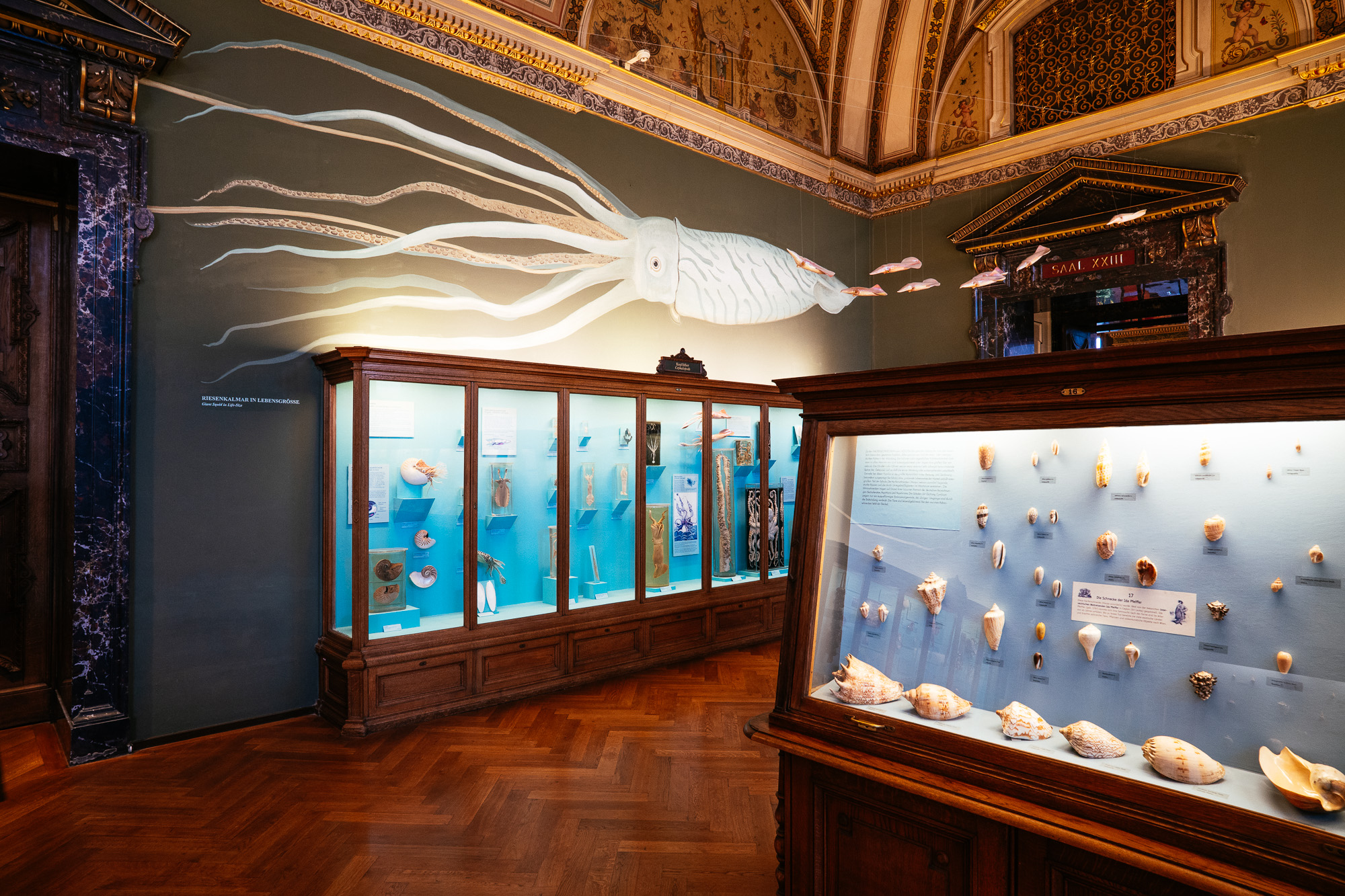 NIKON Z f (20mm, f/8, 1/8 sec, ISO900)
NIKON Z f (20mm, f/8, 1/8 sec, ISO900)
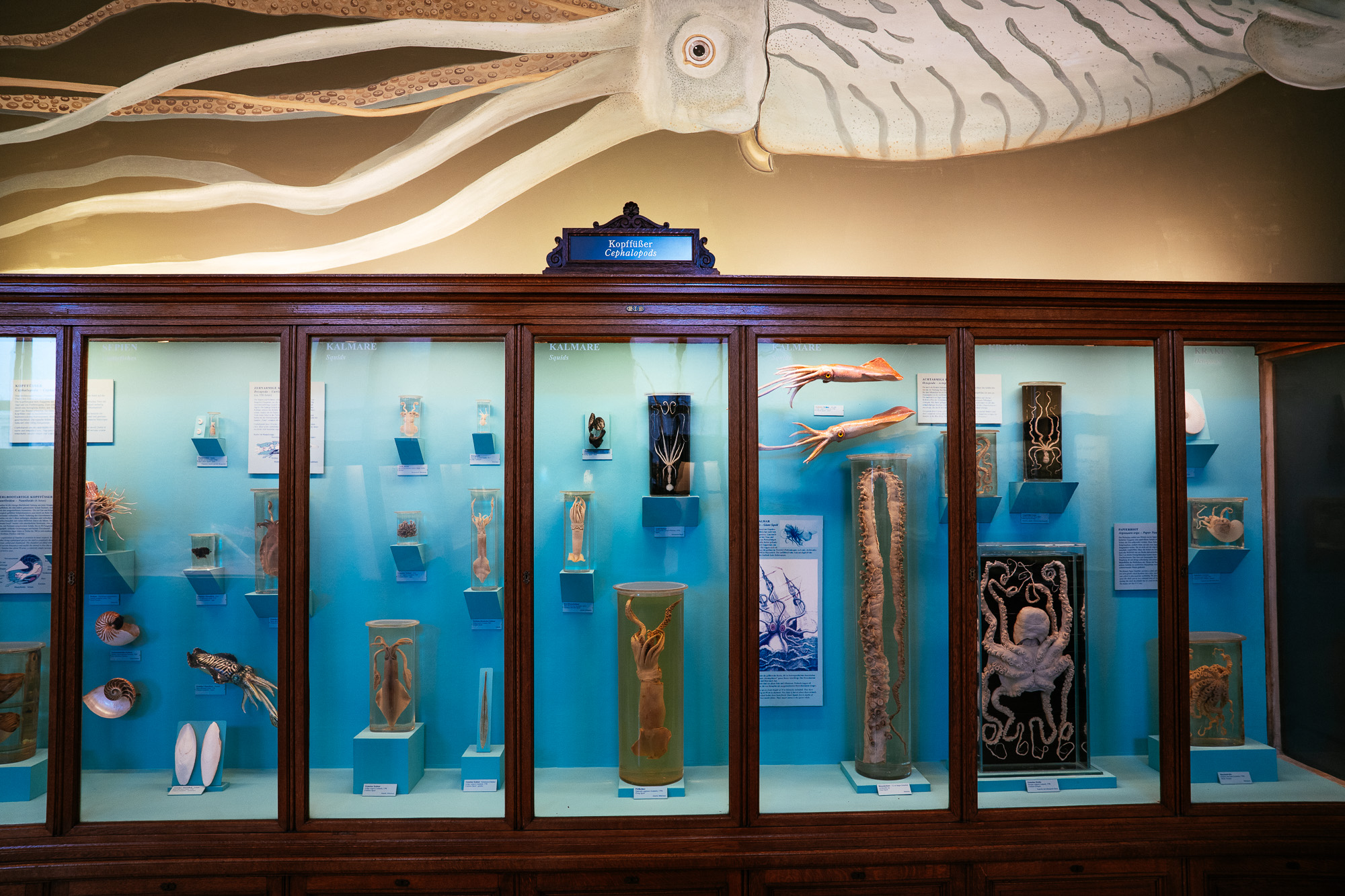 NIKON Z f (20mm, f/5.6, 1/15 sec, ISO640)
NIKON Z f (20mm, f/5.6, 1/15 sec, ISO640)
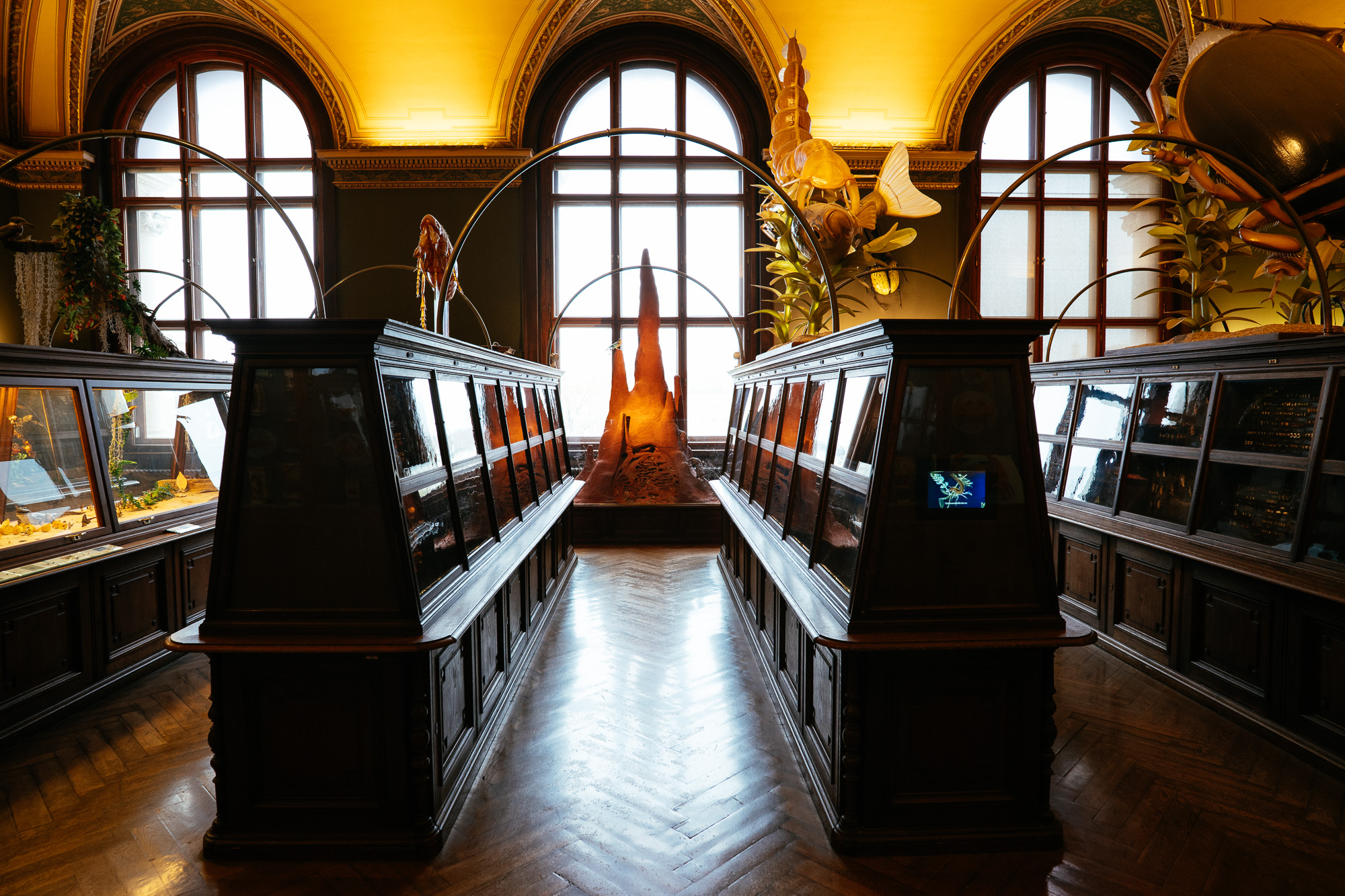 NIKON Z f (20mm, f/5.6, 1/15 sec, ISO500)
NIKON Z f (20mm, f/5.6, 1/15 sec, ISO500)
Back to the main reason why I decided to come here on a dark November day: To re-evaluate the Viltrox AF 20mmF2.8 Z under difficult conditions. In previous shootings I already learned that the lens needs to be stopped down to avoid mushy corners. Nothing special for a wide angle lens but I got spoiled by the Fuji XF 14/2.8 R and later the Nikon Z 20/1.8 S. Both lenses were excellent while the Viltrox is not but it’s not a terrible lens either.
Before I bought it I watched many reviews and of course most of them praise the lens. No surprise here. The reviewers get the lens for free and if they say something nice they most likely get another new lens to review in the future. It also doesn’t help that the lens is very cheap because now reviewers can say that the lens is excellent for its price. But what does that mean? The lens hardly costs more than a lens cap but that doesn’t automatically make it a good lens. The quality of the lens is one thing. The price of the lens is another thing. Those should not be mixed up in both directions. The Z 14-24/2.8 S is an excellent lens. The fact that it is also very expensive doesn’t change that fact.
So all those reviews need to be taken with a grain of salt. I don’t get lenses for free. I purchase them and as a consequence I can say what I really think. A big advantage. If I’m disappointed with a purchase I’m going to tell you. And initially I was very disappointed with this lens because even despite that I know how reviews work I still expected more.
 NIKON Z f (20mm, f/2.8, 1/8 sec, ISO3600)
NIKON Z f (20mm, f/2.8, 1/8 sec, ISO3600)
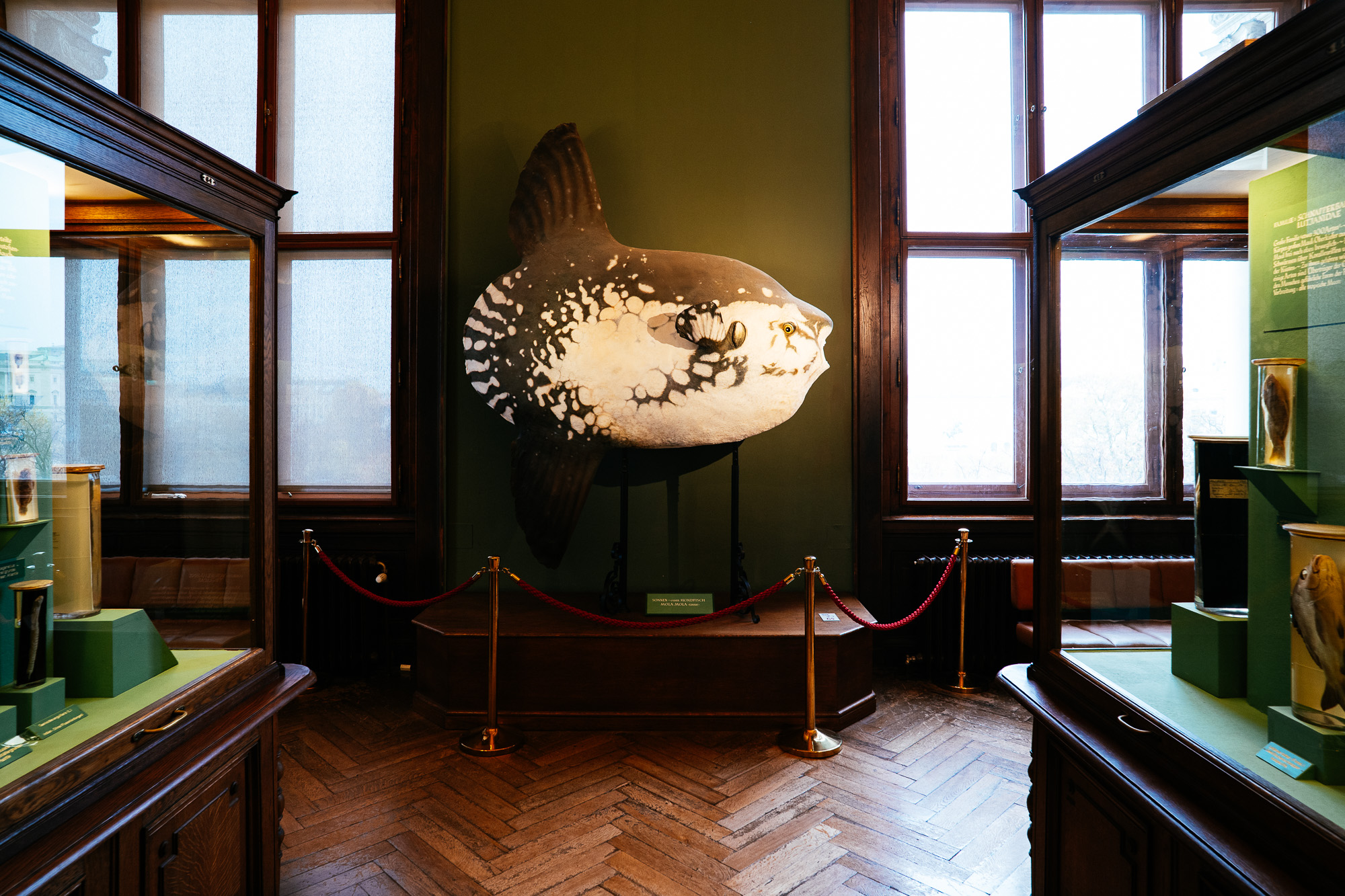 NIKON Z f (20mm, f/5.6, 1/15 sec, ISO640)
NIKON Z f (20mm, f/5.6, 1/15 sec, ISO640)
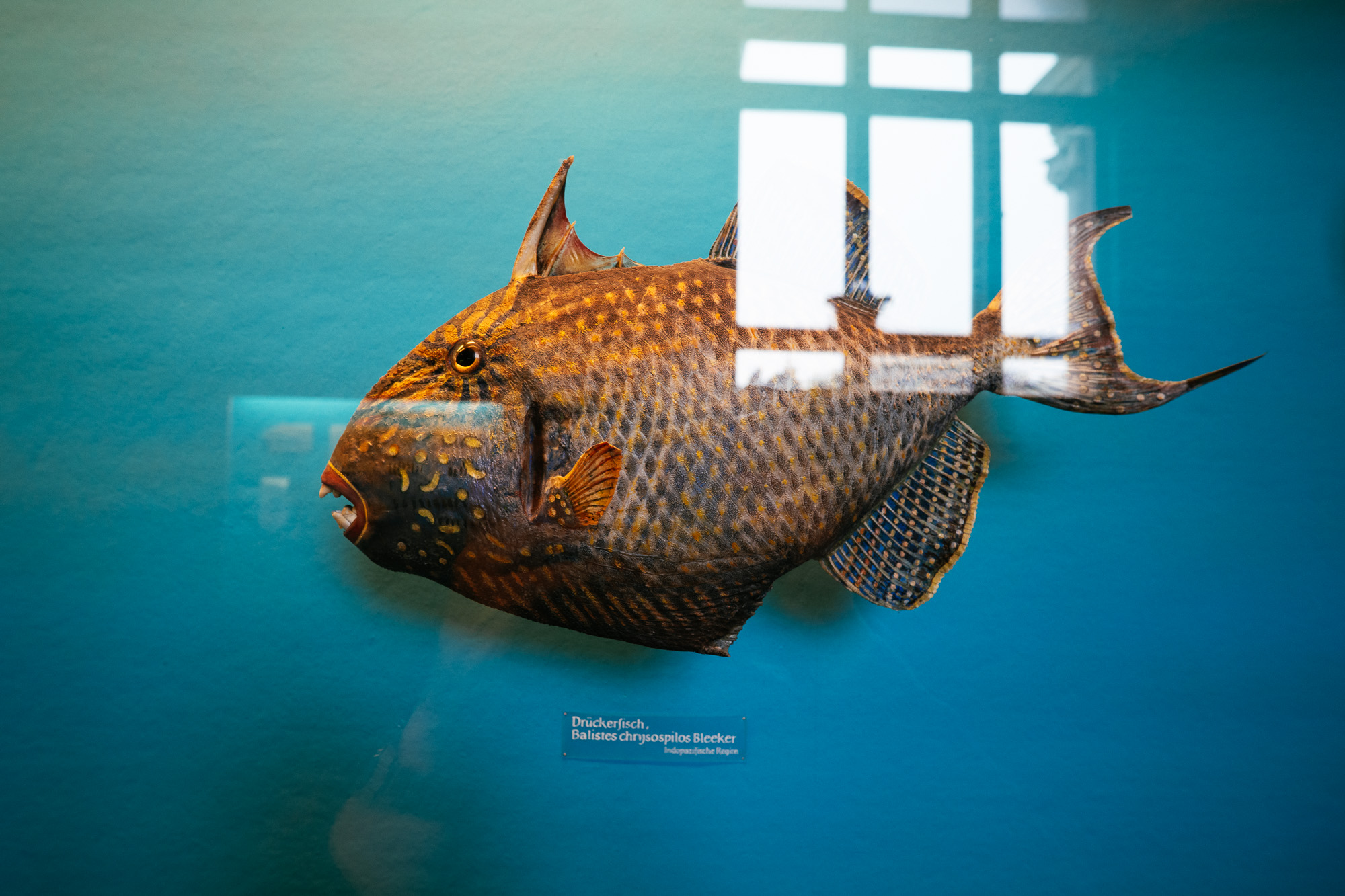 NIKON Z f (20mm, f/5.6, 1/15 sec, ISO500)
NIKON Z f (20mm, f/5.6, 1/15 sec, ISO500)
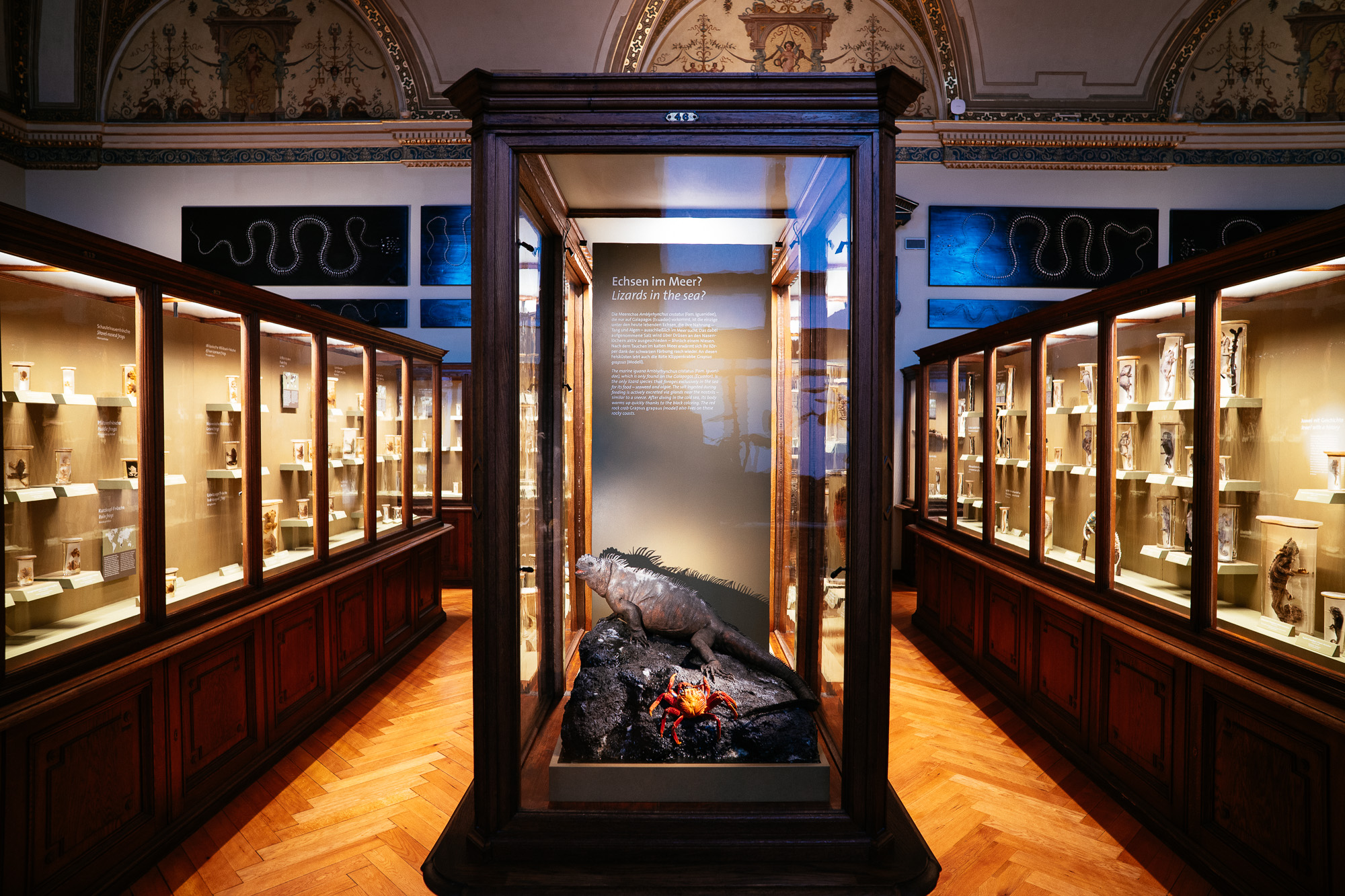 NIKON Z f (20mm, f/5.6, 1/15 sec, ISO800)
NIKON Z f (20mm, f/5.6, 1/15 sec, ISO800)
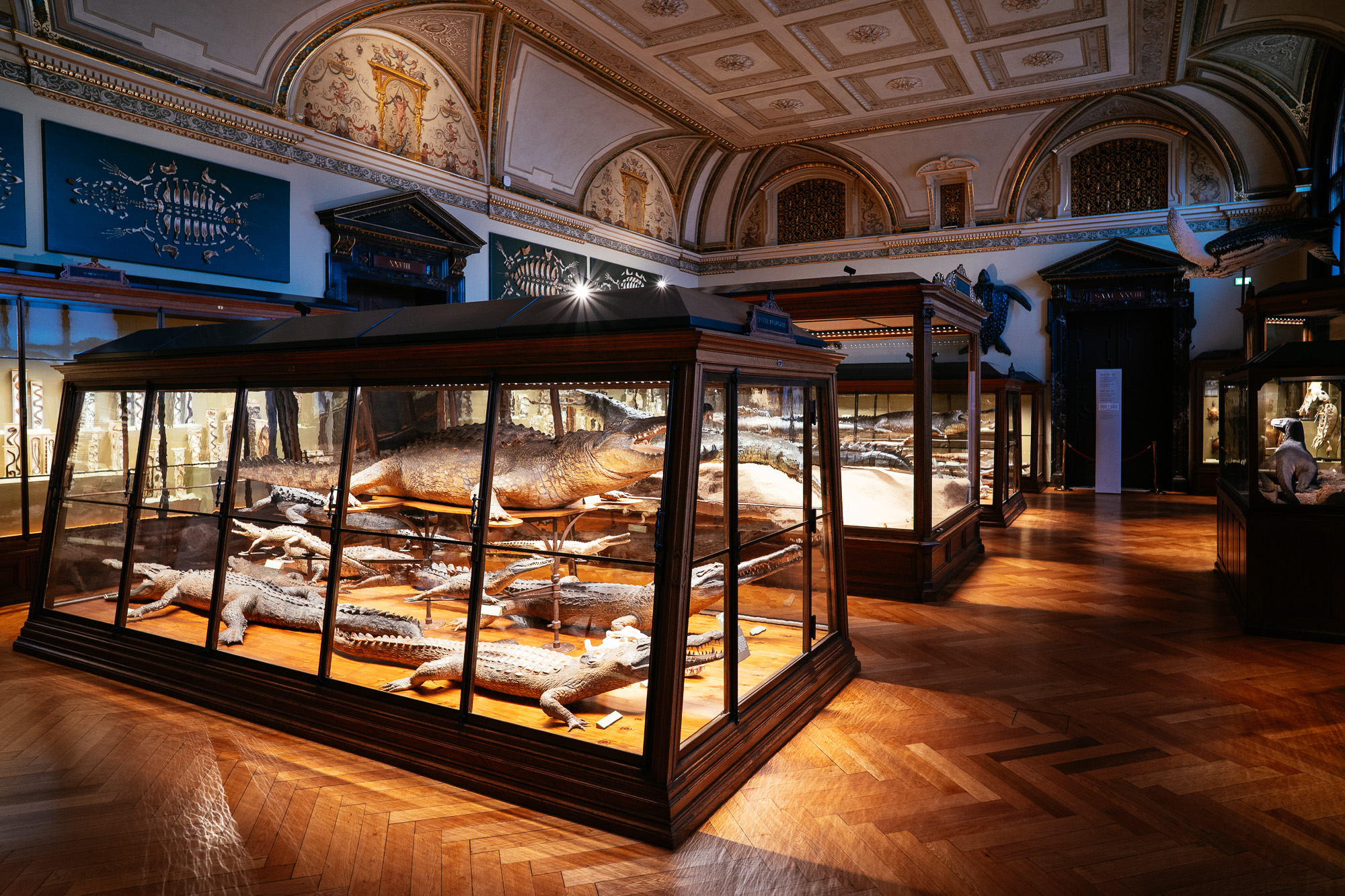 NIKON Z f (20mm, f/5.6, 1/15 sec, ISO1000)
NIKON Z f (20mm, f/5.6, 1/15 sec, ISO1000)
 NIKON Z f (20mm, f/5.6, 1/15 sec, ISO800)
NIKON Z f (20mm, f/5.6, 1/15 sec, ISO800)
 NIKON Z f (20mm, f/5.6, 1/15 sec, ISO400)
NIKON Z f (20mm, f/5.6, 1/15 sec, ISO400)
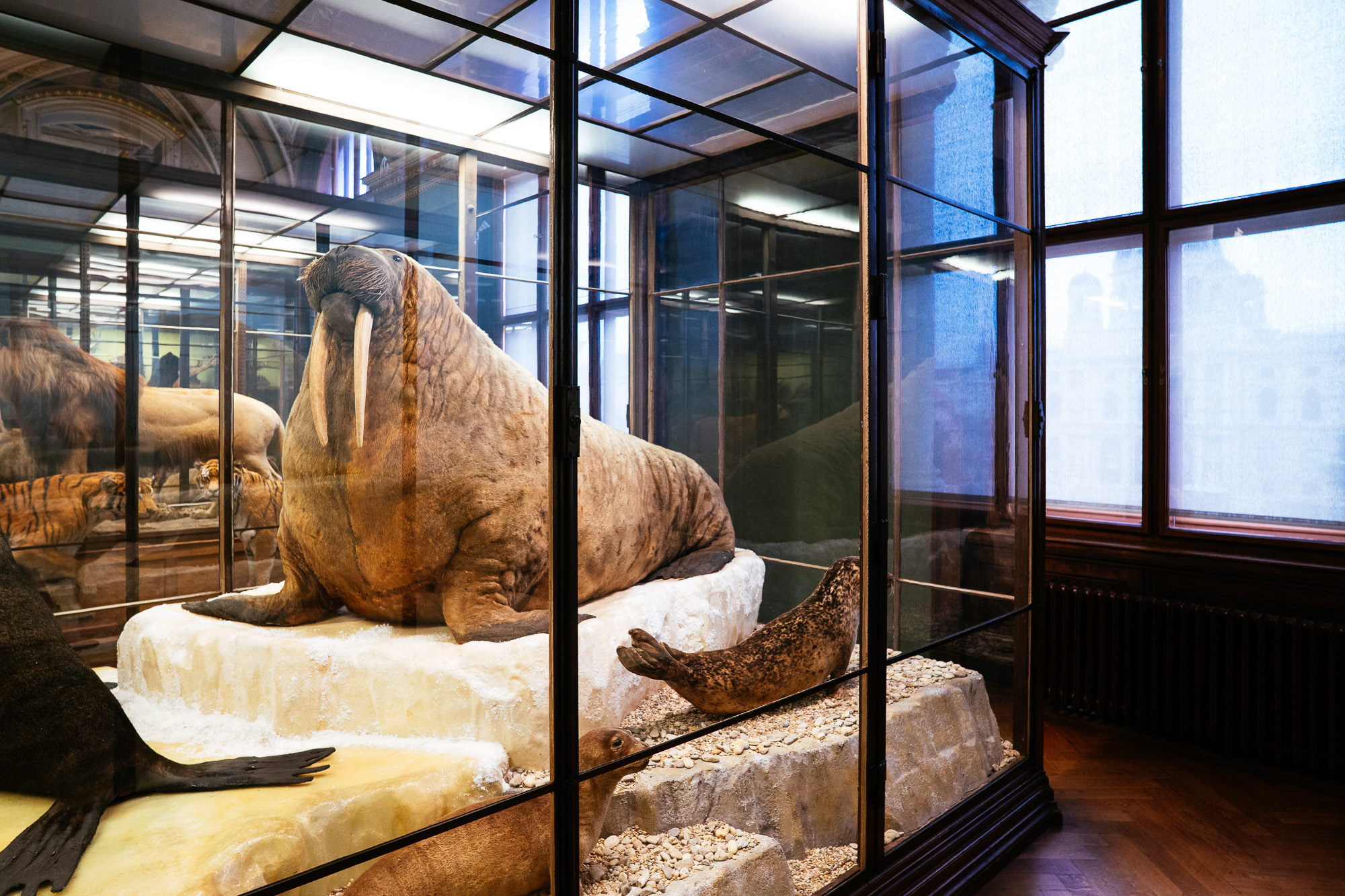 NIKON Z f (20mm, f/5.6, 1/15 sec, ISO1250)
NIKON Z f (20mm, f/5.6, 1/15 sec, ISO1250)
 NIKON Z f (20mm, f/5.6, 1/15 sec, ISO2000)
NIKON Z f (20mm, f/5.6, 1/15 sec, ISO2000)
So what’s the good, the bad and the ugly of this lens?
The Good things first: it’s super small and light. This lens is made for the Nikon Zf. AF is silent and rather quick.
The Bad: The corners look really bad if you shoot at f2.8. Also contrast improves when you stop down. Since I know that already I practically shot all images at f5.6. No big deal today with excellent high ISO and IBIS. AF is silent and fast but it can miss focus in challenging conditions i.e. backlit portraits in poor light. It’s still not bad like with some of my Fuji lenses but it’t not Nikon S level either. Vignetting is very strong too.
The Ugly: The bad points are no real problem for me because I can adjust my shooting. The real problem is its distortion. This lens has a very ugly distortion that is practically impossible to correct. There is a lens profile for Lightroom from Viltrox but it hardly addresses distortion at all. The lens hood is a joke. Very cheap plastic and it doesn’t lock at all. I think I will glue mine on the lens to avoid dark corners.
What does above mean for your photography? I think it is a good lens if you intent to use it for landscapes. You will stop down anyway for depth of field which means that you automatically deal with corner sharpness, vignetting and contrast. Plus you can always add some contrast in post. Which I did on most shots.
If you are plan to shoot architecture and interiors this lens will be frustrating. The distortion is just too massive. I’m very sensitive to that. If a straight line is not straight I just hate it. That’s why I came here today. To see if I can live with its distortion because I would love to take this lens on my next trip to Japan to safe weight. But I can’t and since I already sold my Nikon Z 20/1.8 S I have to take my Nikon Z 14-24/2.8 S instead.
I have not decided if I leave it at home or if I put it into the bag for the days where I want to go light with my small sling camera bag. The reason I’m not sure if I will take it with me is another lens from Viltrox. The brand new Viltrox AF 85mmF2 Z Evo which I just got.
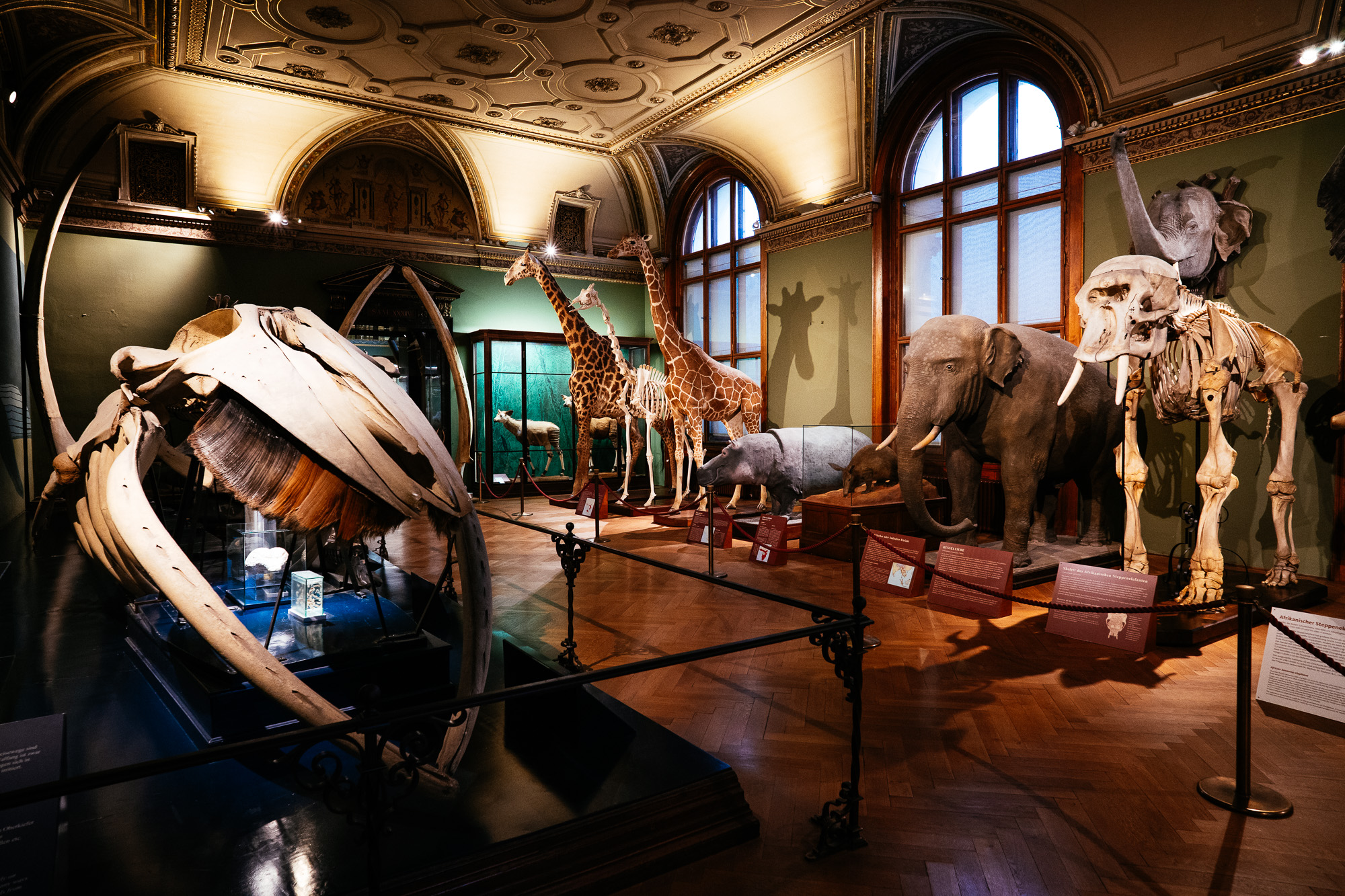 NIKON Z f (20mm, f/5.6, 1/15 sec, ISO2000)
NIKON Z f (20mm, f/5.6, 1/15 sec, ISO2000)
 NIKON Z f (20mm, f/5.6, 1/8 sec, ISO800)
NIKON Z f (20mm, f/5.6, 1/8 sec, ISO800)
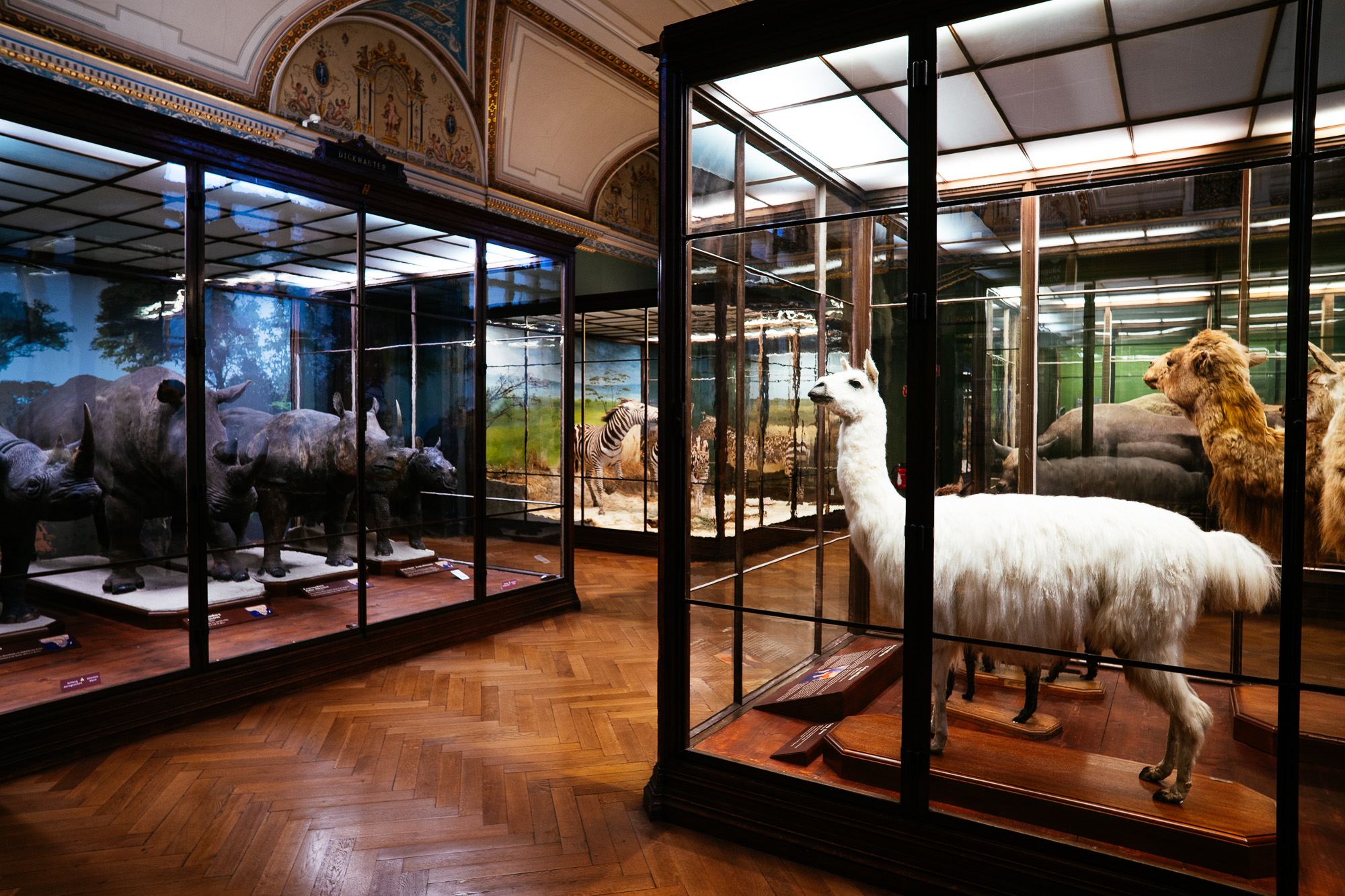 NIKON Z f (20mm, f/5.6, 1/8 sec, ISO400)
NIKON Z f (20mm, f/5.6, 1/8 sec, ISO400)
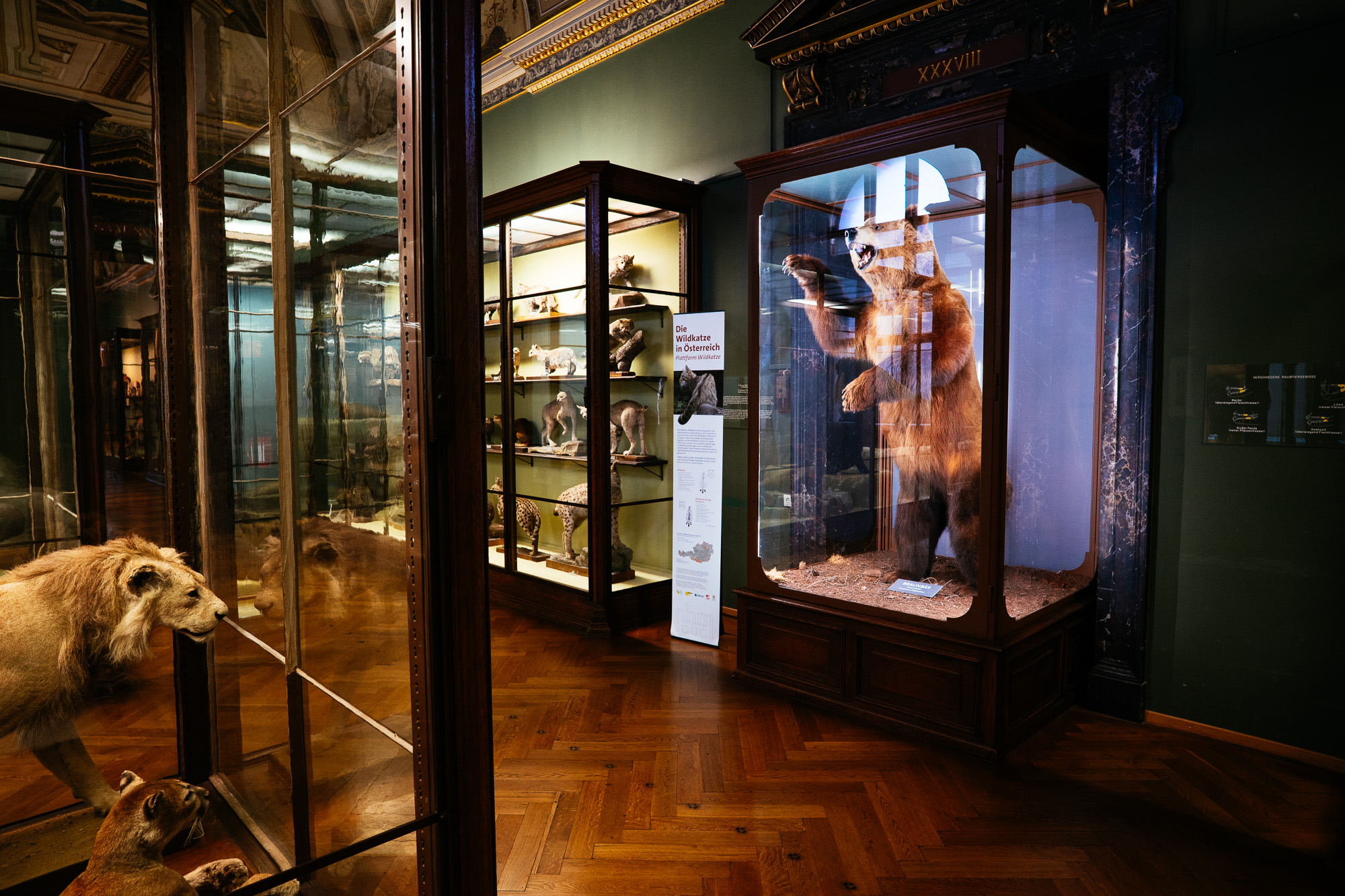 NIKON Z f (20mm, f/5.6, 1/8 sec, ISO640)
NIKON Z f (20mm, f/5.6, 1/8 sec, ISO640)
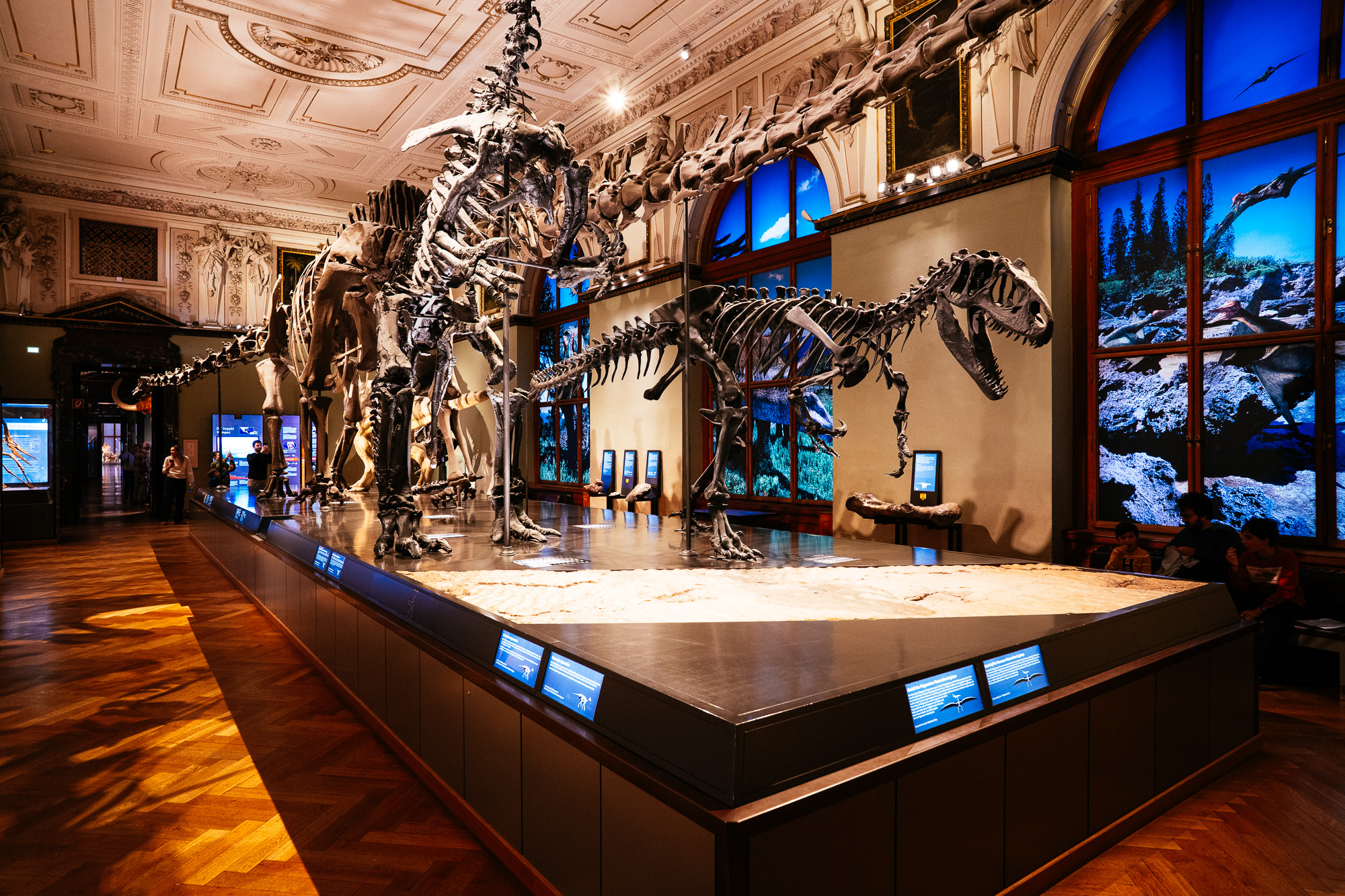 NIKON Z f (20mm, f/5.6, 1/15 sec, ISO1600)
NIKON Z f (20mm, f/5.6, 1/15 sec, ISO1600)
Now you see why I had such a difficult time when I wrote my short “My Take on”-review of the lens. It turned out too negative and this is something the lens doesn’t deserve. Is it a very good lens – no. It is the worst lens ever – no. It sits right in between and the final verdict depends on your subject and your tolerance regarding distortion.
If you only occasionally go wide to cover landscape or coastal shots there is absolutely nothing wrong with it. If you want to go wide but also care about a small and light lens then there is no real alternative in the Nikon world. But if you are serious about that focal length get something else. Either the Nikon Z 20/1.8 S or if you already use a small Sony E to Nikon Z adapter maybe the 20/1.8 from Sony. If you don’t care to have no EXIF data and to shoot manual you could also get the Voigtländer 21/3.5 for Leica M.
I wish Nikon would make a high quality Z 20/2.8 S ideally with an aperture ring but I don’t hold my breath. I think it is more likely that Viltrox will expand their new Evo lens line and bring out more lenses like the Viltrox AF 85F2 Z Evo which sports a metal case, a de-clickable aperture ring, an AF-switch and even a custom button.
I take far less portraits today so I can’t justify an expensive dedicated portraits lens but the Viltrox is good enough and small enough that I would take it with me often. I hope that Viltrox continues to bring out Evo lenses for Nikon Z. Here are some ideas: 20/2.8, 35/2.8, 50/2.
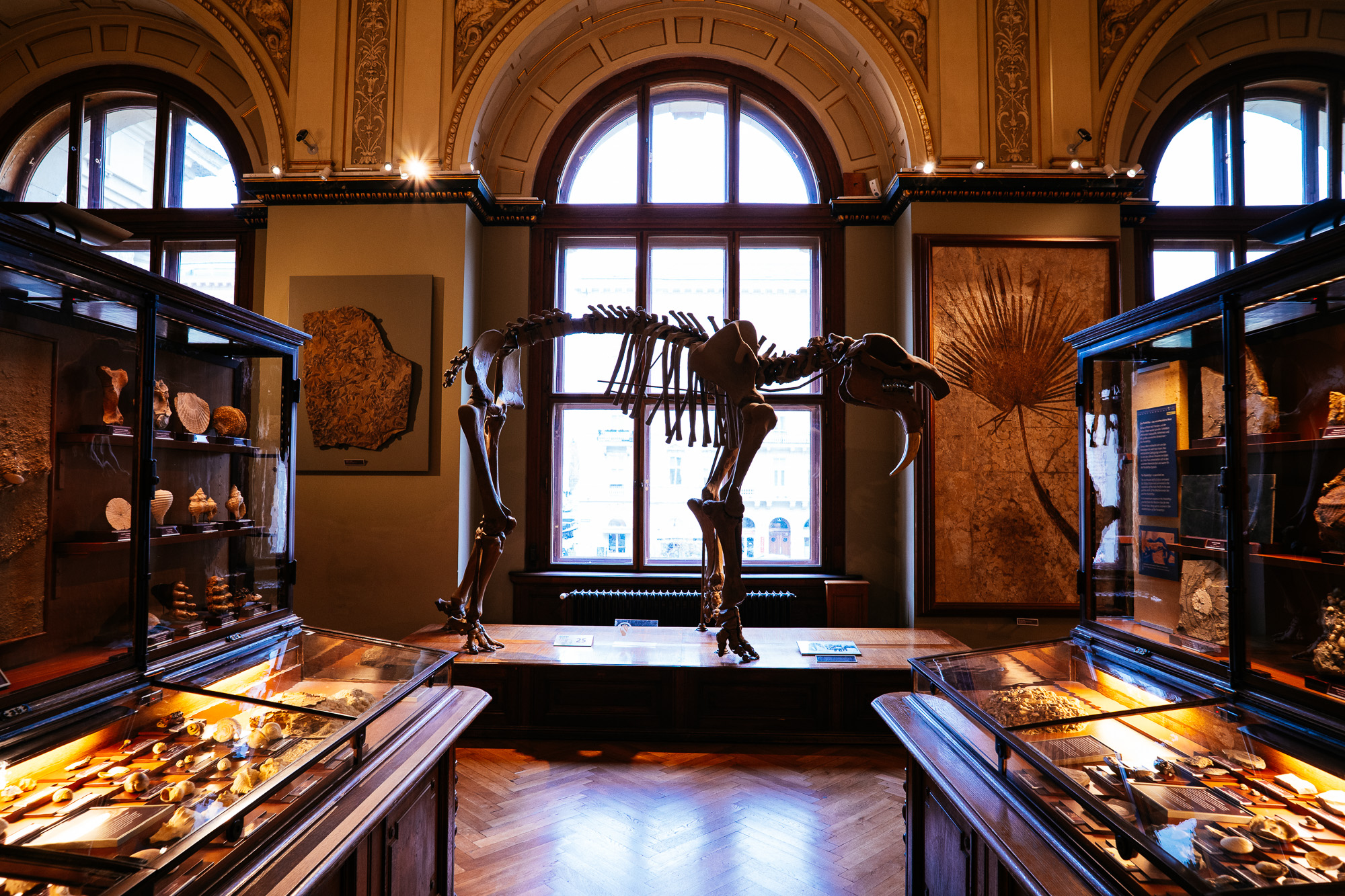 NIKON Z f (20mm, f/5.6, 1/15 sec, ISO800)
NIKON Z f (20mm, f/5.6, 1/15 sec, ISO800)
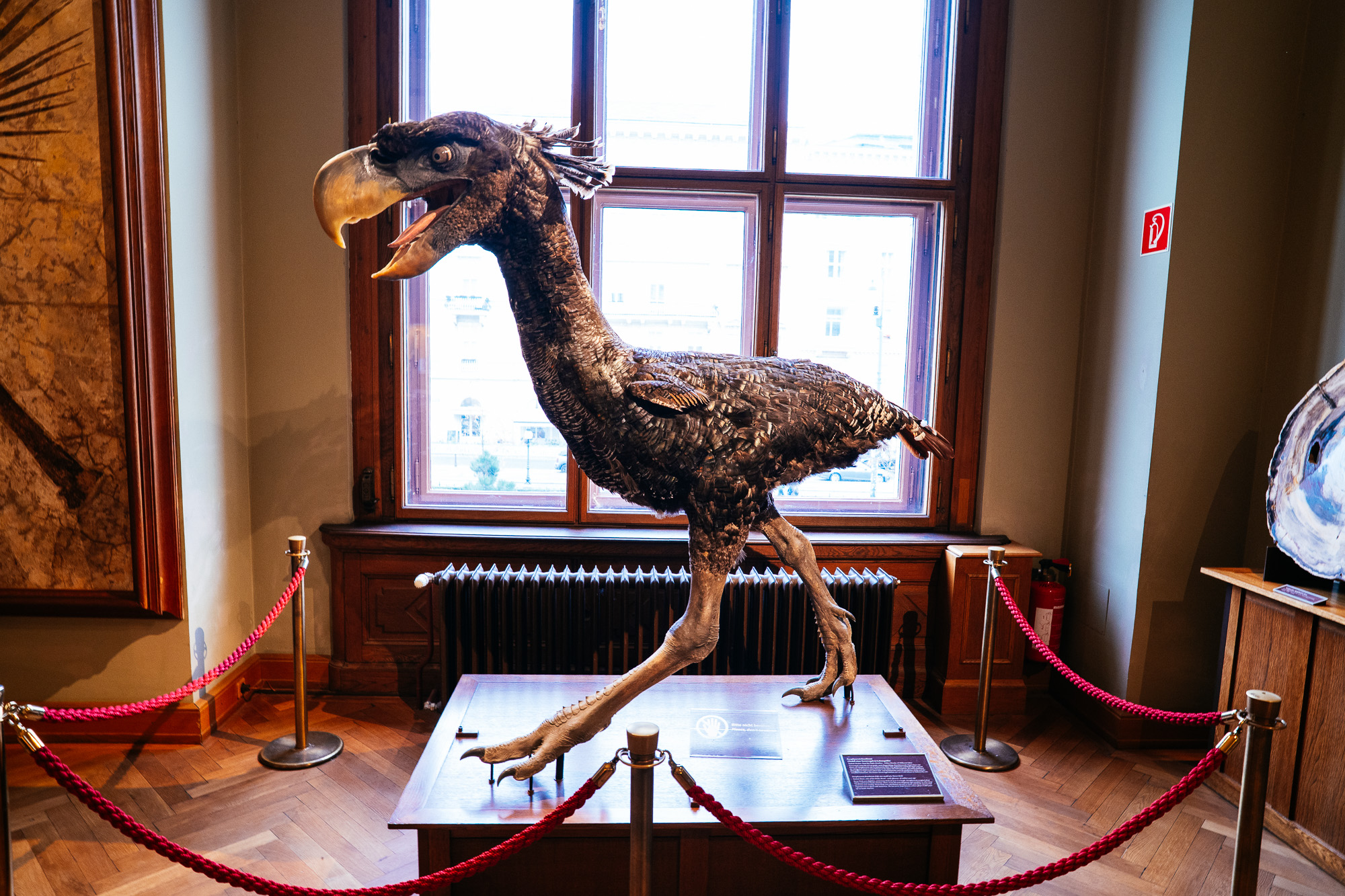 NIKON Z f (20mm, f/5.6, 1/15 sec, ISO800)
NIKON Z f (20mm, f/5.6, 1/15 sec, ISO800)
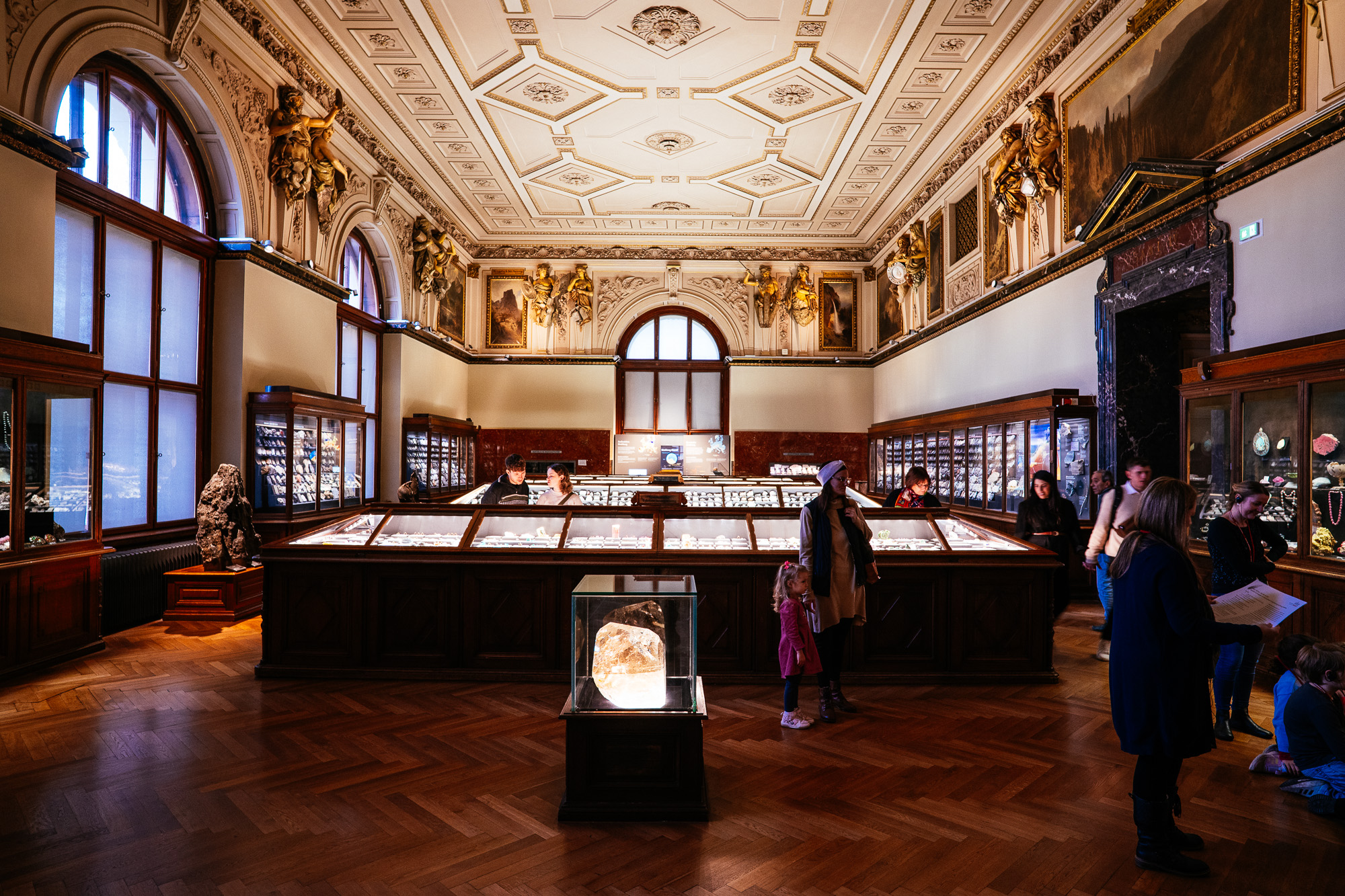 NIKON Z f (20mm, f/5.6, 1/15 sec, ISO800)
NIKON Z f (20mm, f/5.6, 1/15 sec, ISO800)
 NIKON Z f (20mm, f/5.6, 1/15 sec, ISO640)
NIKON Z f (20mm, f/5.6, 1/15 sec, ISO640)
 NIKON Z f (20mm, f/5.6, 1/15 sec, ISO200)
NIKON Z f (20mm, f/5.6, 1/15 sec, ISO200)
I guess my many years with Fuji have spoiled me. I started photography with primes simple because I’m old. When I got my first camera that I bought with my own money I got a zoom lens and from that point I used mostly zooms with very few exceptions.
Fuji X made me a prime shooter. Especially on my business trips to Asia where a small camera was crucial. It’s magic to have a camera with a small prime around your neck. It’s also great to focus on one focal length. I think it’s very easy to do with a 28 or a 35mm lens. Both are very versatile but I think 20mm is surprisingly versatile too and for interior shots it’s just the better option.
I went to the museum when it opened to avoid the crowds. It got very busy after one hour so I decided to have a short walk in the center of Vienna but instead of the St. Stephen Cathedral I just went to the Peterskirche to take some images.
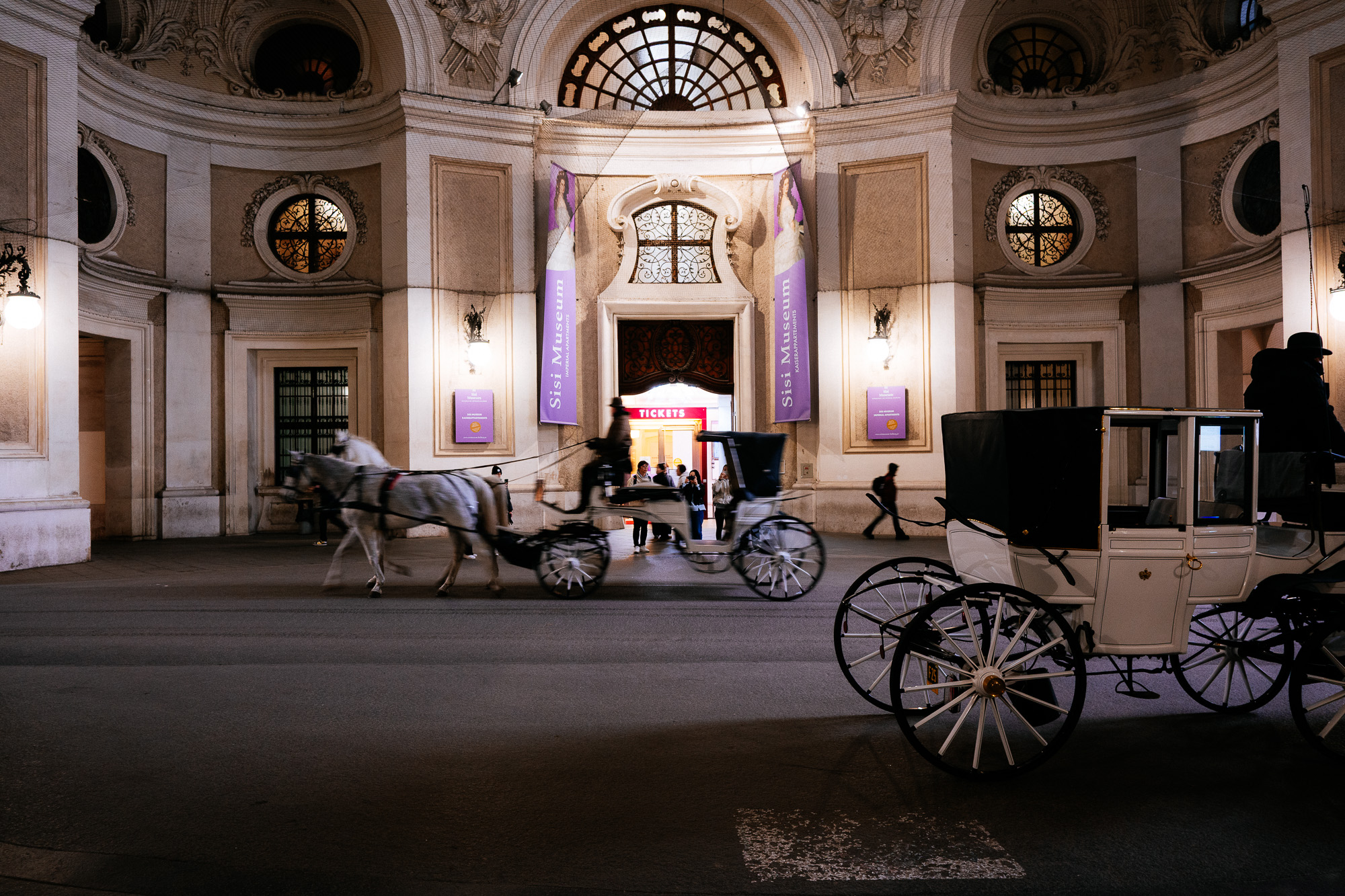 NIKON Z f (26mm, f/5.6, 1/15 sec, ISO800)
NIKON Z f (26mm, f/5.6, 1/15 sec, ISO800)
 NIKON Z f (20mm, f/5.6, 1/15 sec, ISO1000)
NIKON Z f (20mm, f/5.6, 1/15 sec, ISO1000)
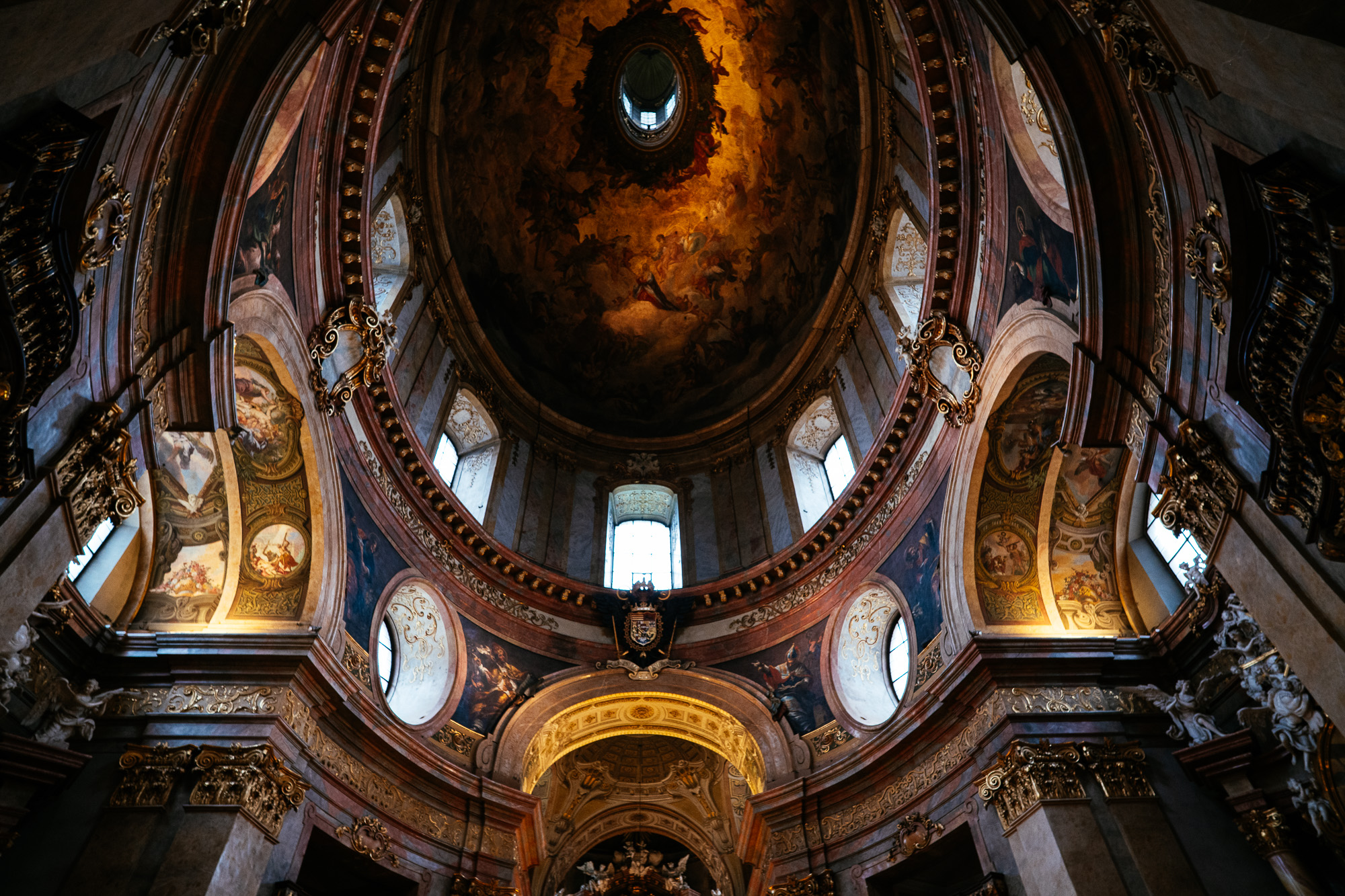 NIKON Z f (20mm, f/5.6, 1/15 sec, ISO1000)
NIKON Z f (20mm, f/5.6, 1/15 sec, ISO1000)
One more shot on my way back to my car. A street artist with a horse head playing accordion. In the background the KHM (Kunsthistorisches Museum Wien), the sister museum of the NHM where you can find an impressive selection of paintings and other artworks. The private collection of the Habsburger dynasty who ruled most of Europe for almost 1.000 years. More than 4 million artworks spanning over 5.000 years.
Also a very spectacular museum but for photography and to test lenses the NHM is the better choice. Just make sure to be there at 9am in order to beat the crowd.

